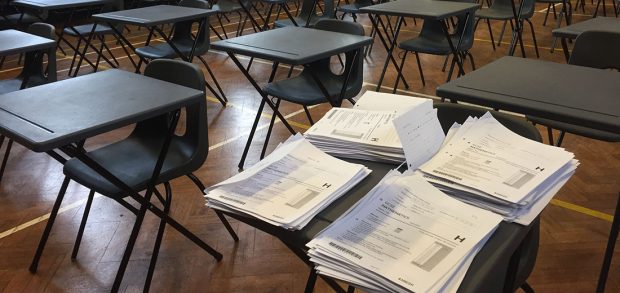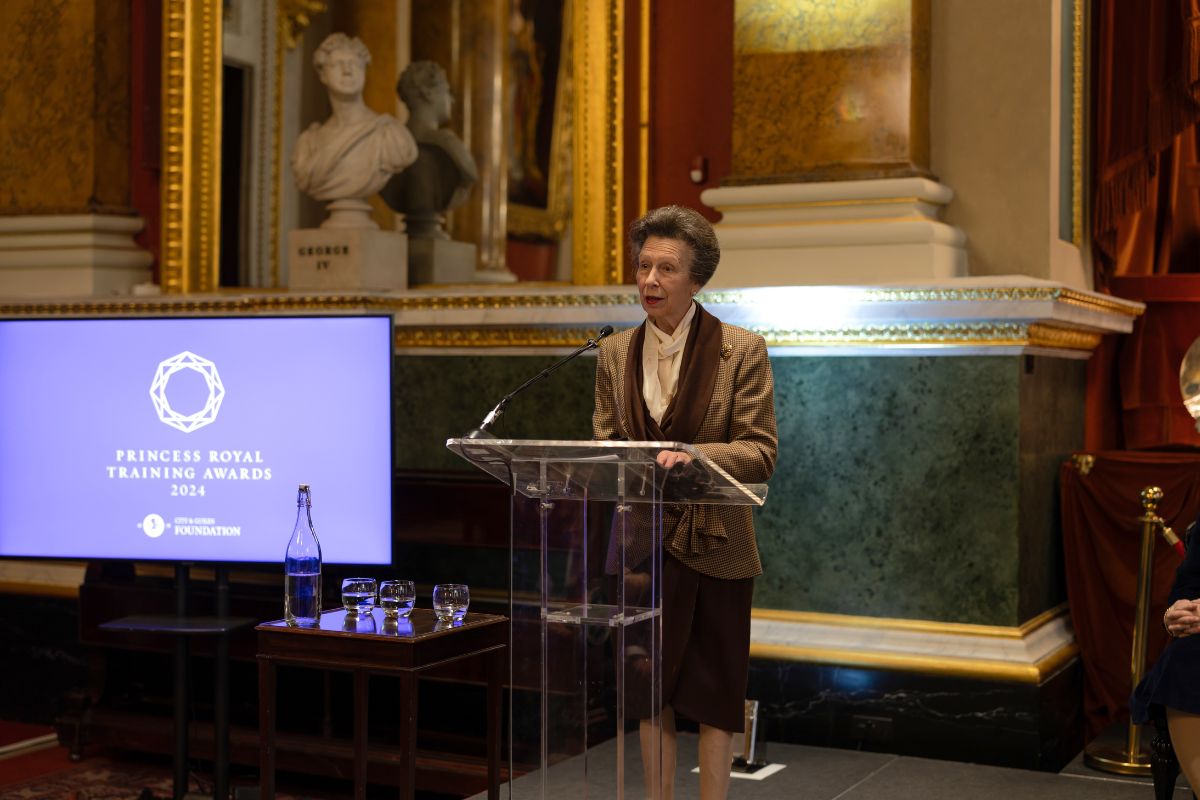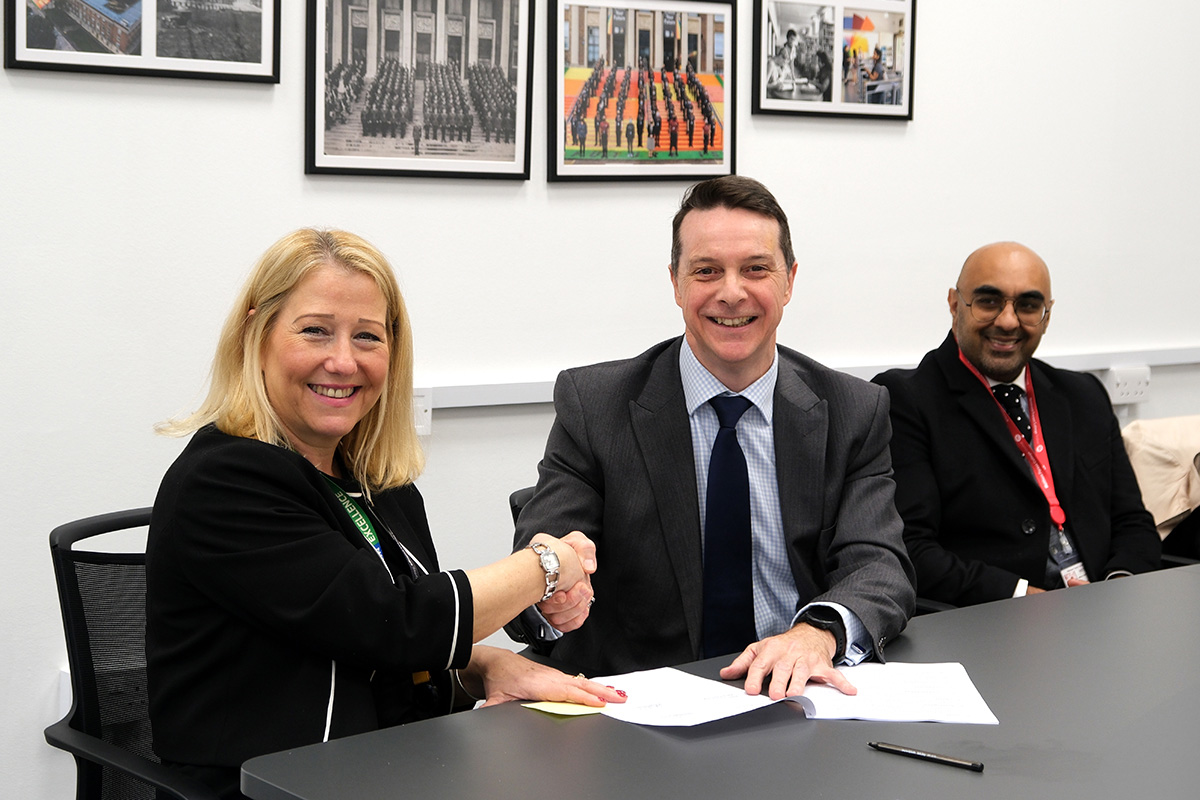Atom Learning: New data shows the areas of England with the highest GCSE pass rates

Exam preparation platform Atom Learning has analysed the GCSE results in English and Maths for every local authority across England during the 2021-2022 academic year to determine the top ten with the highest pass rate for GCSE examinations and the bottom ten with the lowest pass rate. Only state-funded schools were included in the analysis.
- The London borough of Sutton has the highest GCSE pass rate, with 69.2% of all pupils achieving a grade 5 or higher
- Knowsley, Merseyside, has the lowest GCSE pass rate, with 26.4% of all pupils achieving a grade 5 or higher
- Overall, 48.84% of pupils achieve a grade 5 or higher, the benchmark for continuing to ‘A’ level and university
Earlier this year, Prime Minister Rishi Sunak announced his plan to make Maths compulsory in all English schools up to age eighteen (Maths to 18) to upskill pupils and better prepare them for the future.
The top ten geographical areas are as follows:
The ten local authorities with the highest GCSE pass rate
| Rank | Local Authority | Total pupils | % Achieving grade 5 or above |
| 1 | Sutton | 3,118 | 69.20 |
| 2 | Kingston upon Thames | 1,782 | 68.80 |
| 3 | Richmond upon Thames | 1,773 | 67.70 |
| 4 | Barnet | 4,265 | 66.70 |
| 5 | Hammersmith and Fulham | 1,453 | 66.10 |
| 6 | Westminster | 1,802 | 65.80 |
| 7 | Redbridge | 3,824 | 65.10 |
| =8 | Kensington and Chelsea | 908 | 64.30 |
| =8 | Buckinghamshire | 6,116 | 64.30 |
| 9 | Trafford | 3,248 | 64.10 |
| 10 | Slough | 2,273 | 63.40 |
Eight of the top ten local authorities with the highest GCSE pass rate are London boroughs, with only Trafford, Slough, and Buckinghamshire located outside the capital. Each of these London boroughs falls under the Greater London umbrella.
The average equivalised disposable income in London is £36,810. Parents can use this amount for extra-curricular activities to enhance the provision of education for their children in ways that families with less disposable income cannot do.
Enrolment in after-school clubs and the curriculum of the school both influence the attainment of the child, and these are funded by local authorities. Sutton Council announced in its 2022 budget that it would be using £148 per household on average to support their local schools. This would be paid by council tax and government grants.
Councils across England have faced budget cuts due to economic pressures. However, councils in the south have fared better than their northern counterparts. Analysis done by special interest group Sigoma shortly before the 2020/21 academic year showed that areas of high deprivation, such as Knowsley or East London, saw budget cuts of 34% on average. This contrasts with more affluent areas in the south, which suffered an average budget cut of between 24%-30%.
Councils have not seen an increase to their budgets since then as economic pressures have continued to affect public services. The education sector lost almost 9% of the workforce during the 2021/22 academic year according to a Department for Education report.
For the ten local authorities with the lowest percentage of GCSE pass rates, things look very different:
The ten local authorities with the lowest GCSE pass rates
| Rank | Local authority | Total pupils | % achieving grade 5 or above |
| 1 | Bradford | 6,810 | 41.00 |
| 2 | Rochdale | 2,627 | 40.60 |
| 3 | Salford | 2,394 | 39.90 |
| 4 | Isle of Wight | 1,241 | 39.20 |
| 5 | South Tyneside | 1,706 | 39.10 |
| 6 | Middlesbrough | 1,603 | 38.60 |
| 7 | Stoke-on-Trent | 2,595 | 38.00 |
| 8 | North East Lincolnshire | 1,839 | 36.40 |
| 9 | Blackpool | 1,181 | 30.80 |
| 10 | Knowsley | 1,199 | 26.40 |
The difference between the highest percentage of GCSE pass rates in Sutton, and the lowest percentage in Knowsley is a staggering 42.80%.
These local authorities all reside in the country’s north, apart from the Isle of Wight in the south. Compared to London, the average equivalised disposable income in the north is £34,245.
A school census from June 2023 shows that there has been an increase in the number of pupils receiving free school meals due to low incomes. The numbers are higher in the north, with between 15%-18% of pupils eligible for free school meals whereas in the south, only 9%-11% were eligible.
The findings have shown an overall increase in the percentage of pupils receiving a grade five or above in every region, however,local authorities in London and the South East of the country have the highest percentages of GCSE pass rates in English and Maths. Local authorities in the Midlands and South Westaverage between 45% and 55% of pupils achieving a passing grade.
The national average for England in 2022 was 48.84% of pupils from all local authorities able to achieve a grade five or higher. The data also shows that 52.4% of girls were able to achieve a grade five or higher, whereas only 45.42% of boys achieved the same.
A spokesperson for Atom Learning commented on the findings:
“Pupils have missed valuable learning time over the past three years. Their exam results showed a significant increase in the 2020-21 academic year and then a fall as they returned to external examinations in 2021-22.
“It’s important to remember that the percentage of pupils entering these exams changes yearly. This is because pupils with special educational needs (SEN) are entered into other examinations with appropriate support. The 2023 exams have seen an increase of 3.6% in entries to GCSE examinations.
“It is also important to note that grade 5 is a ‘strong pass’ and is the baseline used by the government and further education. The numerical grading system denotes a grade 4 as a ‘standard pass,’ equivalent to the old C grade. The percentages of pupils achieving this is around 65% – 70%.”











Responses